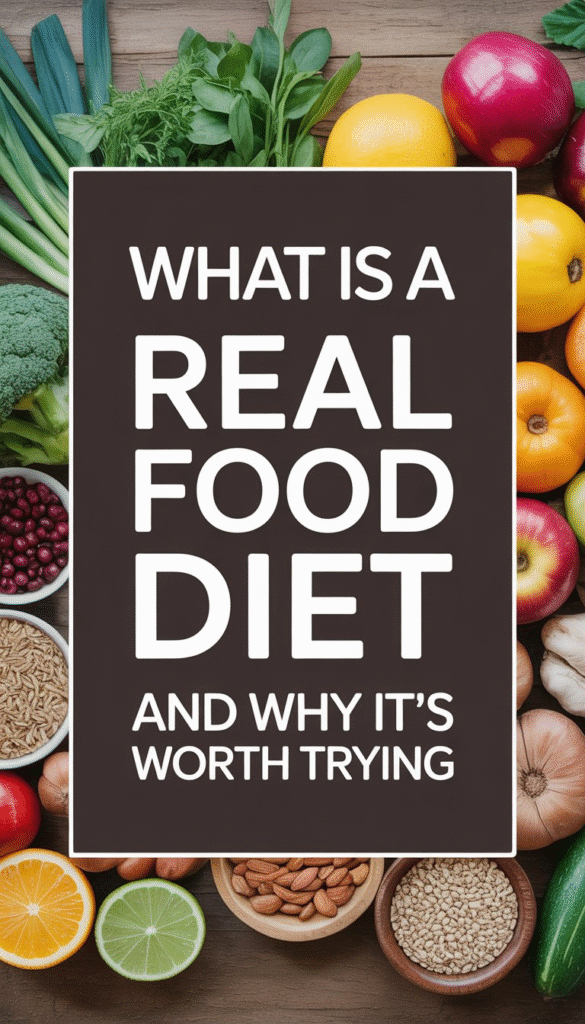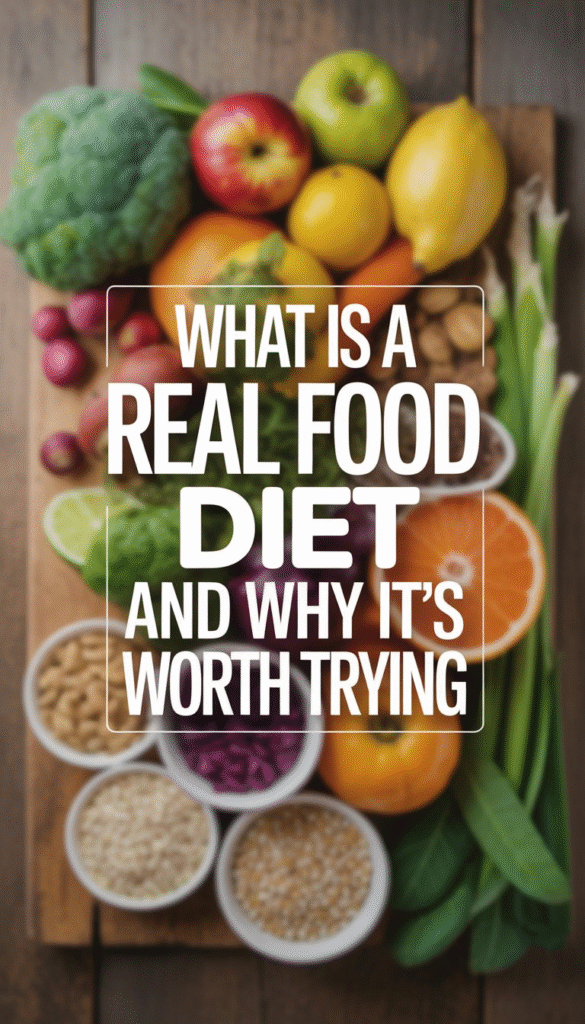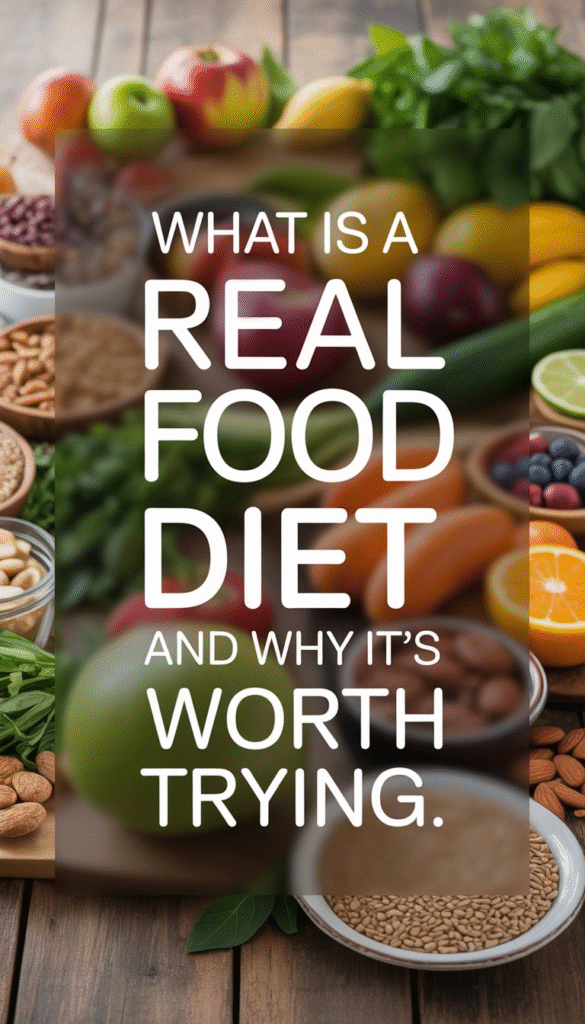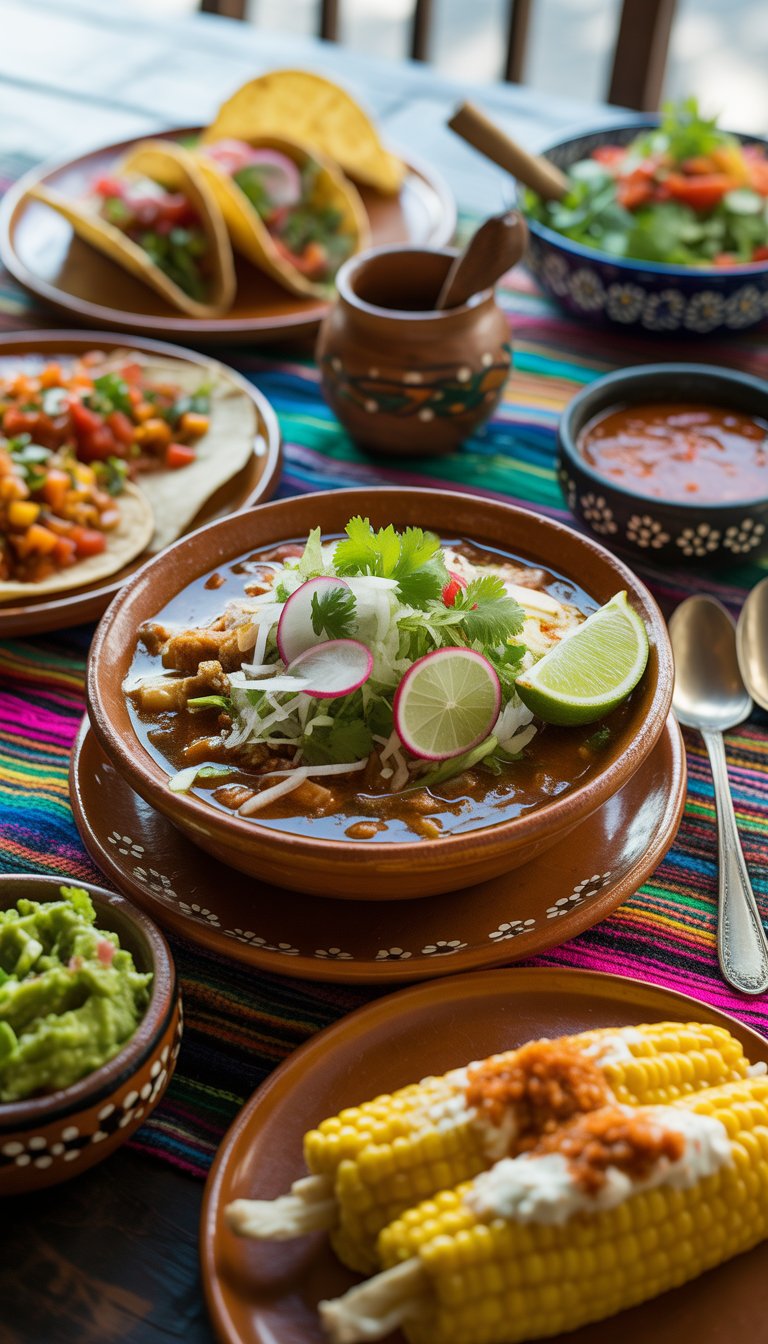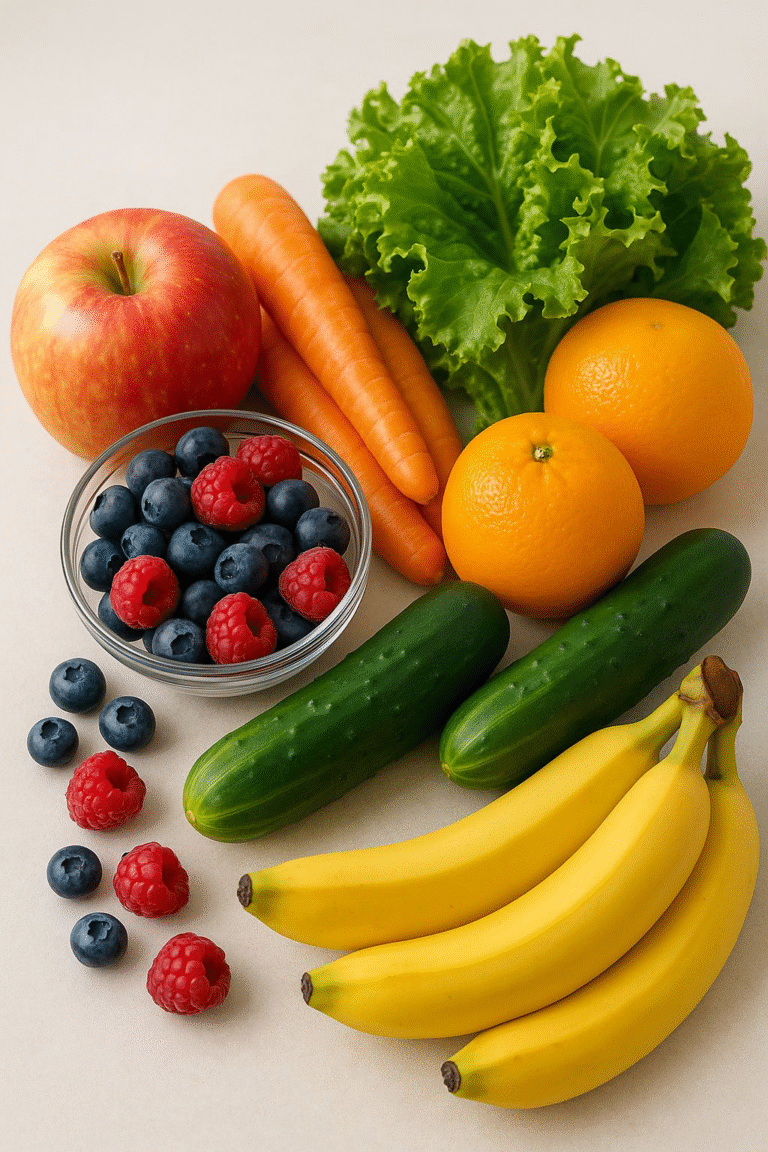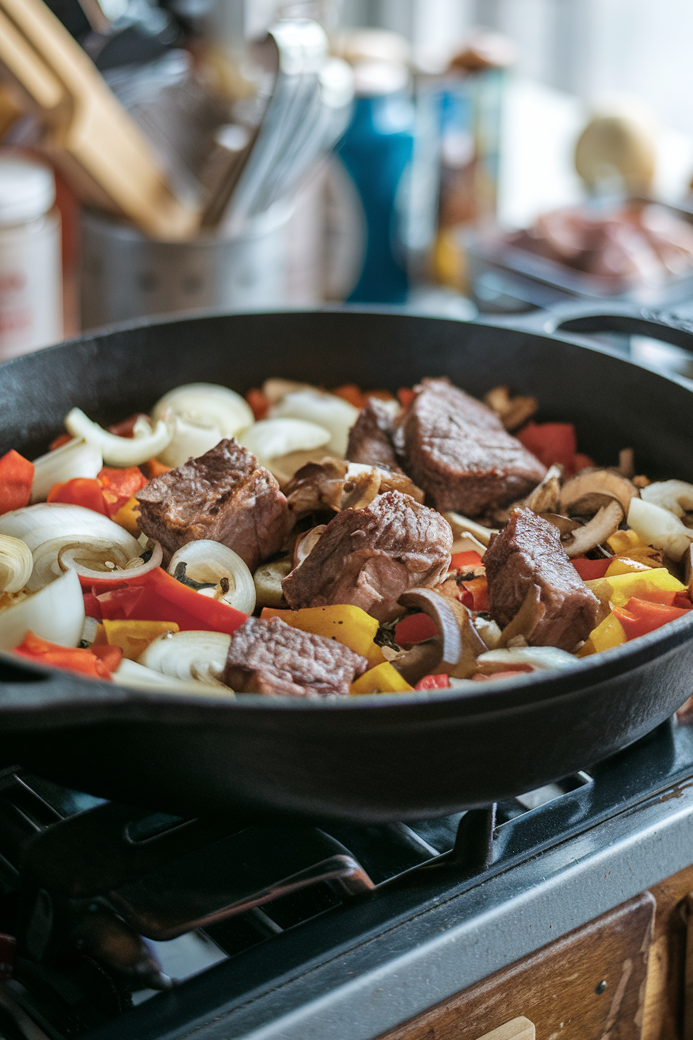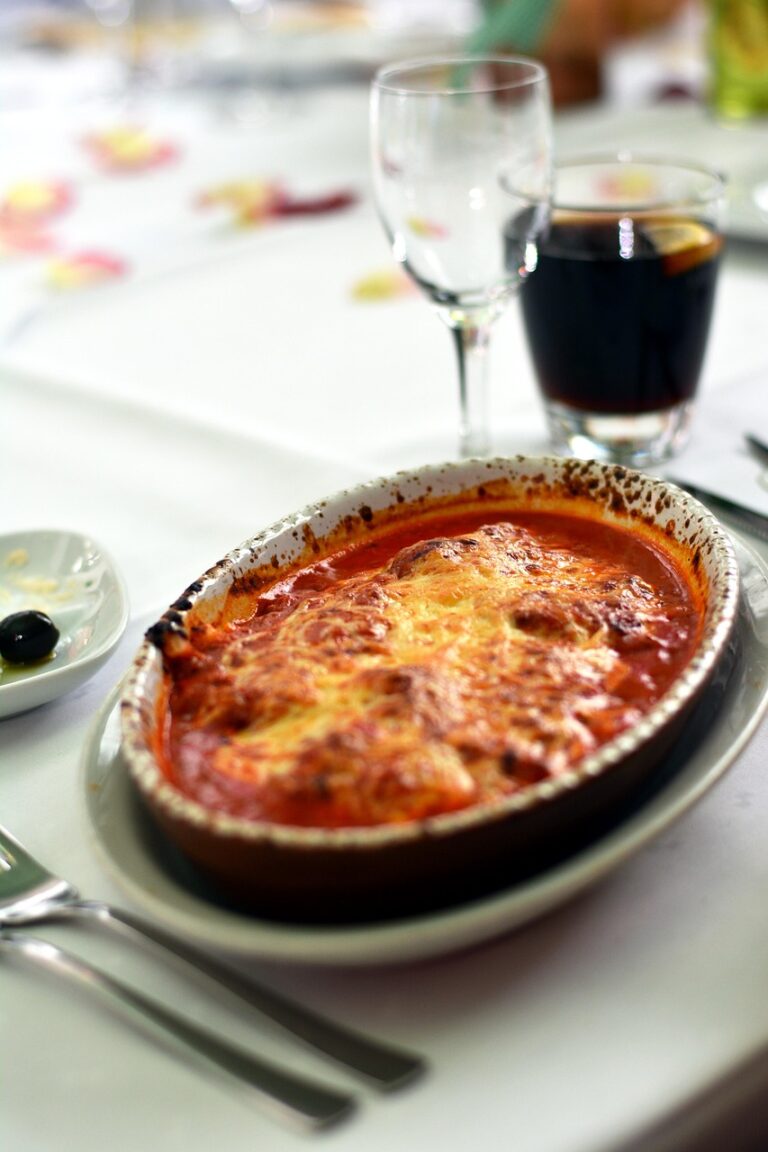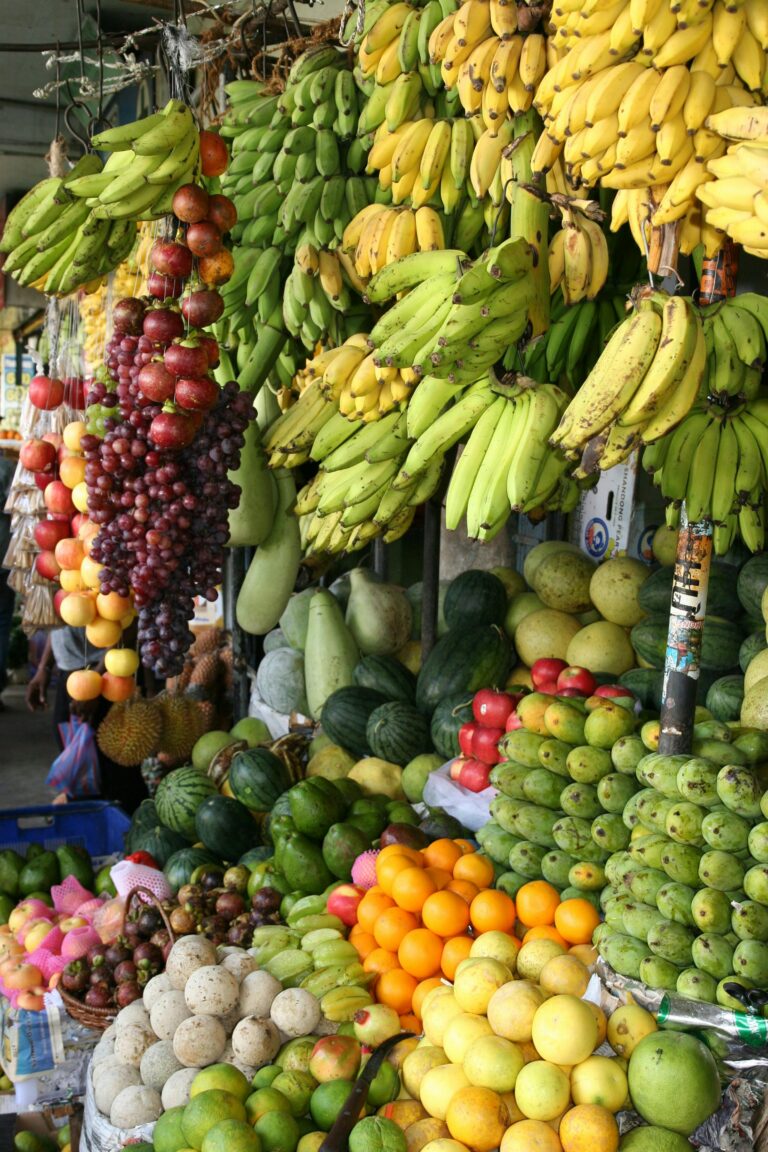What Is a Real Food Diet and Why It’s Worth Trying
A real food diet focuses on eating foods that are as close to their natural state as possible. It means choosing fresh fruits, vegetables, whole grains, nuts, seeds, and animal products that haven’t been heavily processed or filled with artificial ingredients. This way, you avoid things like additives, preservatives, and fillers that don’t add any real nutrition.
This post may contain affiliate links. For more information, please see our disclaimer.
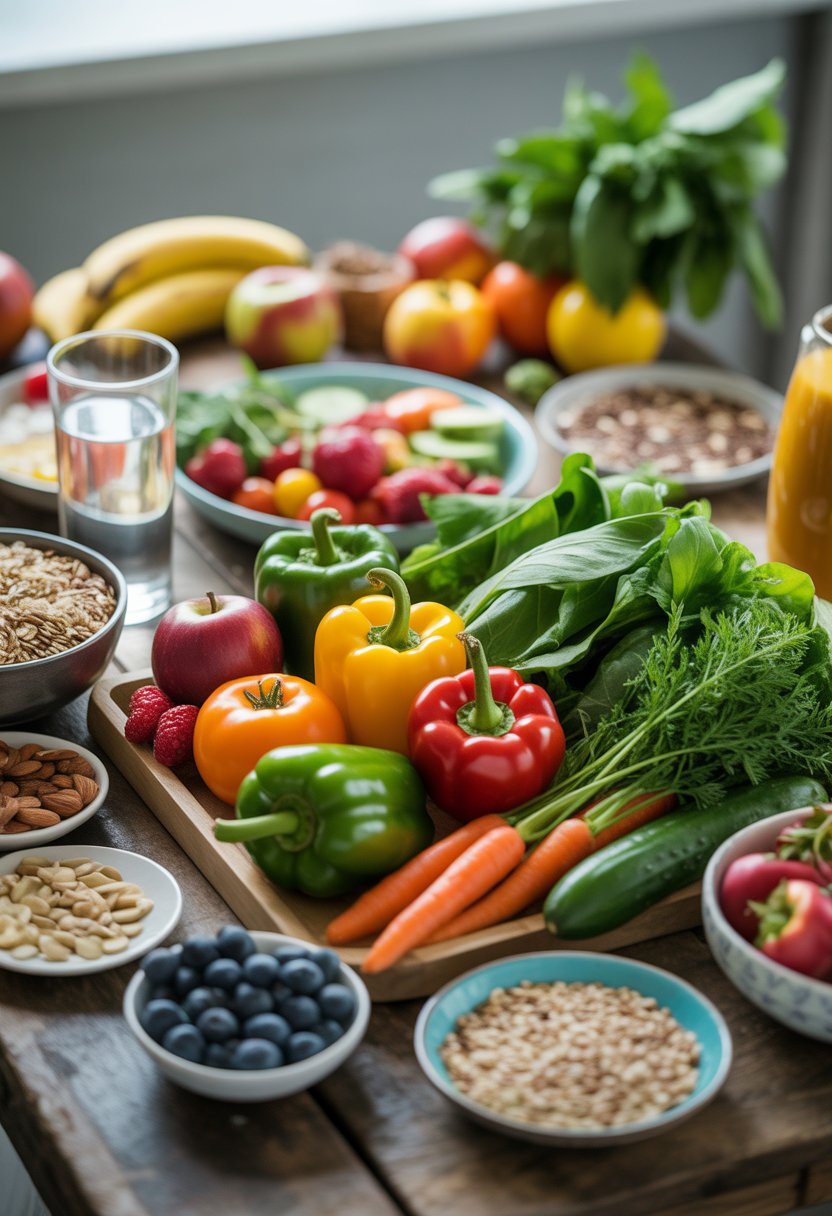
When you eat like this, your meals are made up of simple, whole ingredients that are easy to recognize. You skip the fake stuff and focus on foods that provide real nutrients your body needs. If you’re tired of confusing labels and processed snacks, understanding a real food diet could be the key to eating better without overthinking it.
What Is a Real Food Diet?
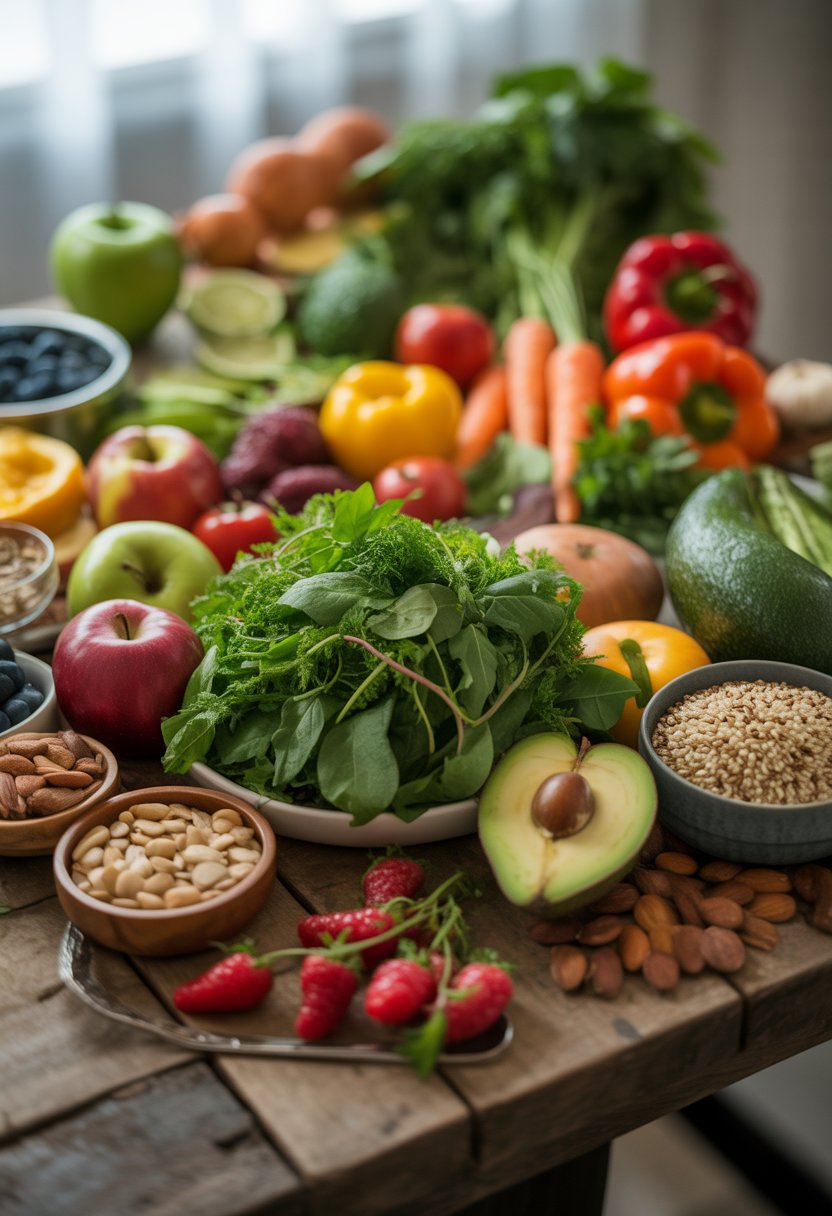
A real food diet focuses on eating foods that come from nature or have minimal processing. It means choosing foods that keep their natural taste and nutrients without a lot of added chemicals or artificial ingredients.
Defining Real Food and Whole Foods
Real food usually means foods that you can recognize as close to their original form. These include fresh fruits, vegetables, whole grains, legumes, nuts, seeds, dairy, eggs, meat, fish, and poultry. Whole foods fall under this idea because they haven’t been stripped of important parts like fiber or vitamins.
You want foods with fewer ingredients, ideally five or less. That way, you avoid unnecessary additives and preservatives. For example, an apple or plain oats count as whole, real foods. Dietitians often suggest a real food diet because it matches the Dietary Guidelines for Americans, which promote eating more produce and less processed food.
Key Principles of a Real Food Diet
A key rule is to eat natural foods that are as close to their original form as possible. This means focusing on plants and animals that haven’t been changed by industrial processing. For example, whole grains instead of white bread or fresh fish instead of fish sticks with added fillers.
You should limit packaged snacks and ultra-processed foods that have long ingredient lists filled with sugars, oils, and artificial ingredients. A good way to check is reading labels: if you don’t recognize many ingredients, it’s probably not real food.
Drinking water, choosing fresh produce, and cooking meals yourself help keep your diet real. The goal is to nourish your body with foods that give you vitamins, fiber, and protein without the junk.
Distinguishing Real Food from Processed Foods
Processed foods go through steps that change their natural state. This includes adding salt, sugar, or fat to preserve them or make them taste stronger. While some processing is okay (like pasteurized milk), ultra-processed foods have additives and ingredients made in labs that you wouldn’t find in your kitchen.
Examples of processed foods include canned vegetables and cheese. Ultra-processed foods are things like packaged snacks, sugary drinks, and instant meals.
Real food avoids these and focuses on items you could grow, hunt, or gather. You want to make real food the main part of your daily meals instead of quick, processed options. This helps support better health and easier digestion.
Core Components and Health Benefits
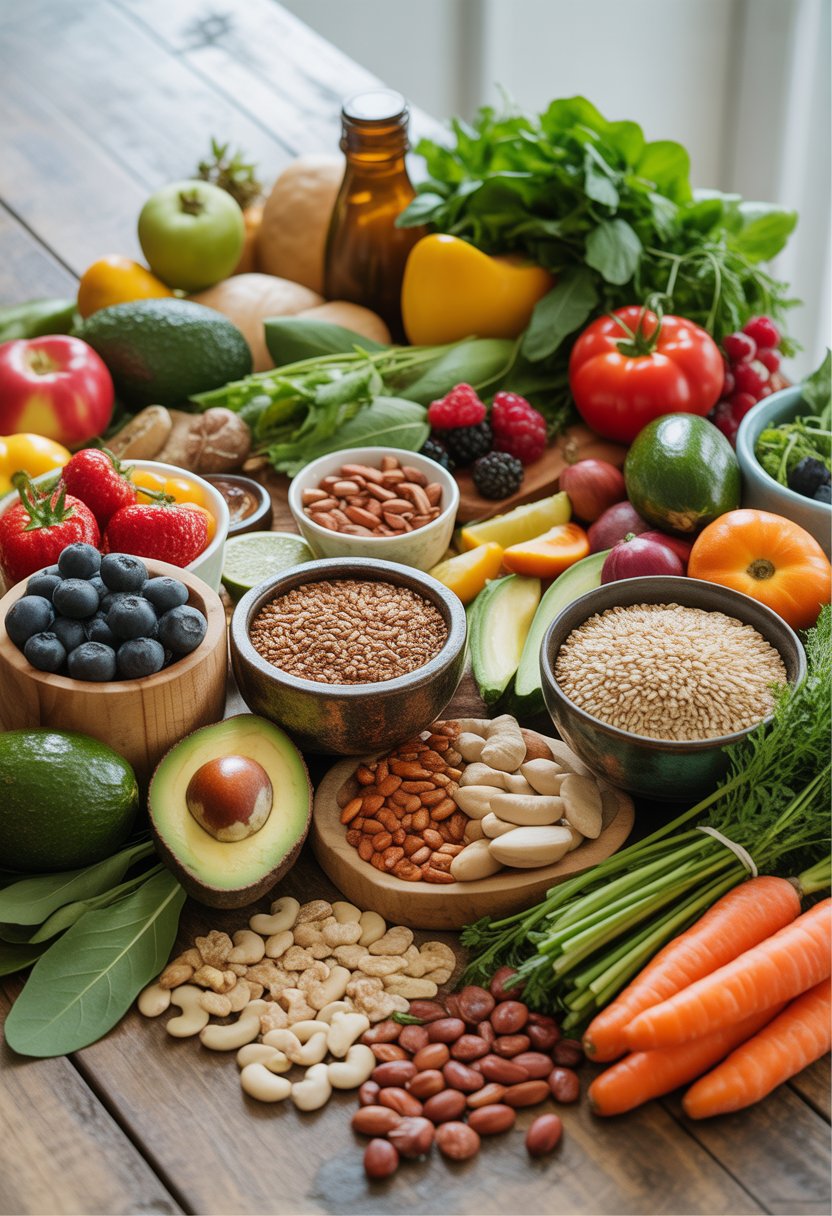
A real food diet focuses on eating natural, nutrient-rich foods that help your body stay strong and healthy. It includes lots of vitamins, minerals, and good fats while avoiding harmful ingredients like added sugars and unhealthy fats.
Fruits, Vegetables, and Whole Grains
Fruits and vegetables should take up a big part of your plate. They are loaded with vitamins like vitamin C, minerals such as potassium, and fiber that supports digestion. Eating a variety of colors ensures you get different nutrients your body needs.
Whole grains like brown rice, oats, and quinoa are key, too. They provide fiber and steady energy, unlike white bread or other refined grains. Legumes, such as beans and lentils, also add protein and iron, making your meals more balanced. These foods help lower the risk of heart disease, diabetes, and obesity by keeping your weight in check and your heart healthy.
Healthy Fats, Lean Proteins, and Nutrient Synergy
Healthy fats are mostly unsaturated fats found in nuts, olive oil, and avocado. These fats support your brain and heart. You want to include omega-3s from fish or flaxseeds since they reduce inflammation. Avoid saturated fats found in bacon and fried foods.
Lean proteins like grilled chicken, poultry, and legumes give your body the fuel to build muscles and keep you full. Combining these with fiber and healthy fats creates nutrient synergy that helps your body absorb vitamins and minerals better.
Limiting Added Sugar, Salt, and Ultra-Processed Foods
Cut back on foods with added sugars like candy, cookies, cakes, and sports drinks. Too much sugar can cause weight gain, diabetes, and even increase the risk of some cancers. Watch out for high sodium in sauces, salad dressings, and processed meats because it can raise your blood pressure.
Ultra-processed foods such as chips, processed cereals, and alcoholic beverages often have trans fats and empty calories. These aren’t just bad for your heart—they can also lead to obesity and other health problems. Choosing real foods helps you avoid these risks and keep your nutrition balanced.
